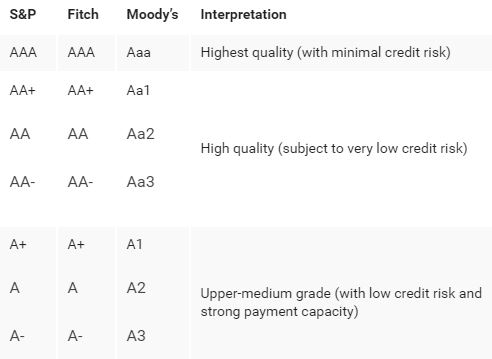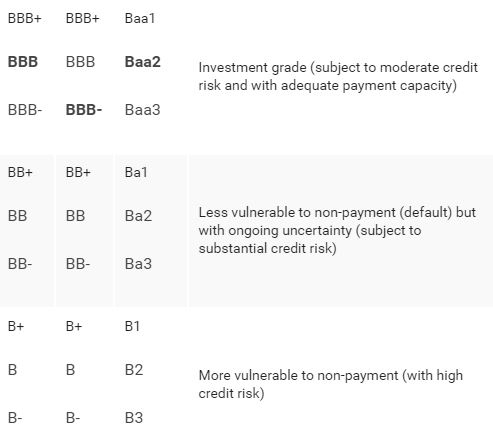
NO BUBBLE YET. The initial results of the real estate stress tests conducted by banks show the capital adequacy ratio (CAR) of banks would remain above the central bank requirement even, if 25% of their real estate loan portfolio turns sour, BSP deputy governor Diwa Guinigundo says.
The initial results of the real estate stress tests conducted by banks showed the capital adequacy ratio (CAR) of banks would remain above the central bank requirement even if 25% of their real estate loan portfolio turns sour, BSP Deputy Governor Diwa Guinigundo said.
“At this point we don’t see any signs of stress in the real estate sector,” he said.
The BSP has tasked banks to submit data on their real estate portfolio to include exposure in socialized housing, as well as debt incurred through the issuance of bonds to finance real estate activities.
(READ: BSP to require banks to submit data on real estate loans)
“We have now a more comprehensive definition of the exposure to real estate. It’s more dependable,” he added.
New definition
Based on the new definition of the exposure of banks to real estate, the stress tests conducted by big banks revealed that their CAR would still be above the 10% requirement set by the BSP and the 8% threshold set under the Bank for International Standards (BIS), Guinigundo said.
Apart from the BIS methodology, he revealed the regulator also used the International Monetary Fund (IMF) identification of asset bubbles.
“Those two tests will show that we are far from the so-called danger level,” he added.
As of end-June 2015, the CAR of big banks stood at 15.48% on a solo basis and 16.42% on a consolidated basis, reflecting their continuous efforts to maintain adequate capital buffer against unexpected losses that may arise during times of stress.
The BSP stepped up its watch over the real estate sector as early as 2012 by ordering banks to disclose more comprehensive reports on their exposures to property industry.
The pre-emptive measure approved by the BSP’s Monetary Board required stress tests for banks to determine if their capital will be enough to absorb credit risk that may arise from their exposure to the property sector.
Banks’ exposure to real estate jumped 21.8%to P861.22 billion ($18.28 billion) in end-November from P708.88 billion ($15.05 billion) in end-September last year.
The sector accounted for 17.5%of the bank’s total loan portfolio that amounted to P4.91 trillion ($104.21 billion) as of end-November last year.
The BSP has set the cap on real estate loans at 20% of the bank’s total loan portfolio.
'More prudent'
Guinigundo said that real estate developers are now more prudent after learning their lessons during the Asian financial crisis in 1997.
“We can also say that we are in touch with various real estate developers, the bigger ones, and it's very comforting to know that our developers have become more prudent, more discreet with respect to their expansion plans,” he said.
The BSP is set to release a residential residential real estate price index (RREPI) soon since the lack of data on property prices and affordability indicators make it difficult for the debt watcher to assess the effect of credit growth on the real estate market.
The RREPI would help the central bank in addressing concerns of a “bubble” in the country’s residential real estate sector, brought about by the improving purchasing power of Filipinos.
As early as 2014, the BSP was contemplating on launching the index that would track property prices in Metro Manila and nearby provinces. The monitoring would also be expanded to cover other key cities in the country.
Source: BSP / Photo Credit: Rappler





 RSS Feed
RSS Feed
